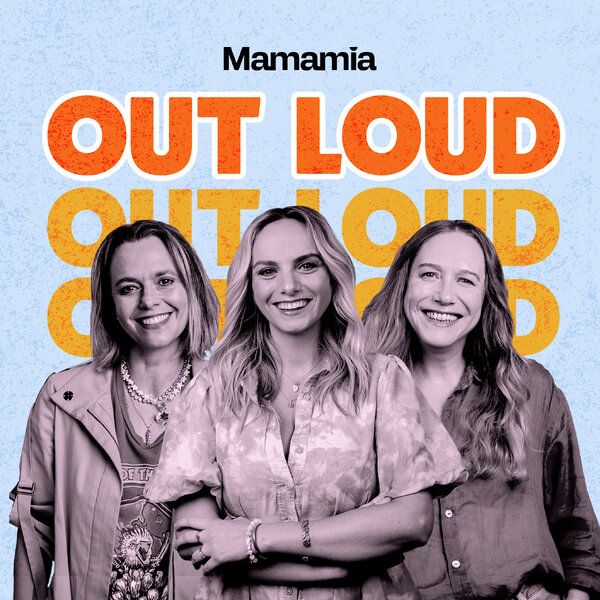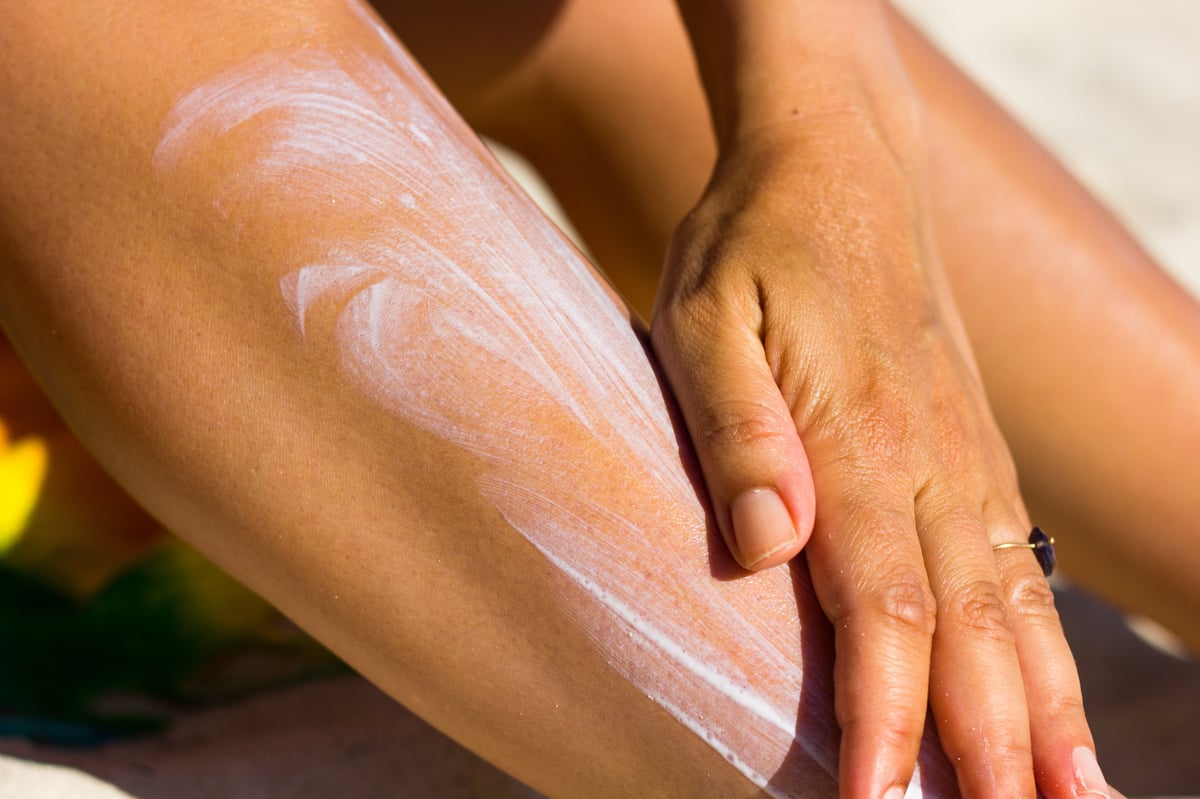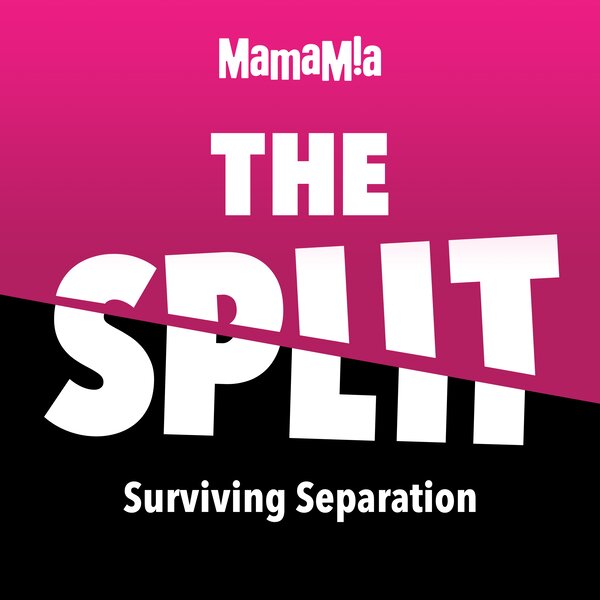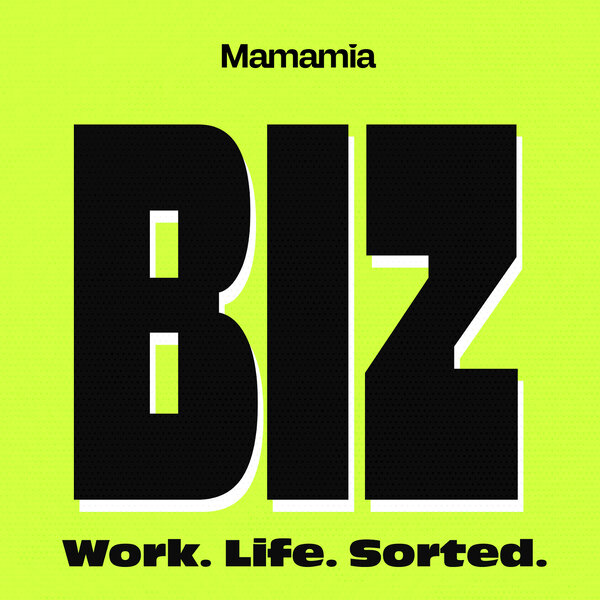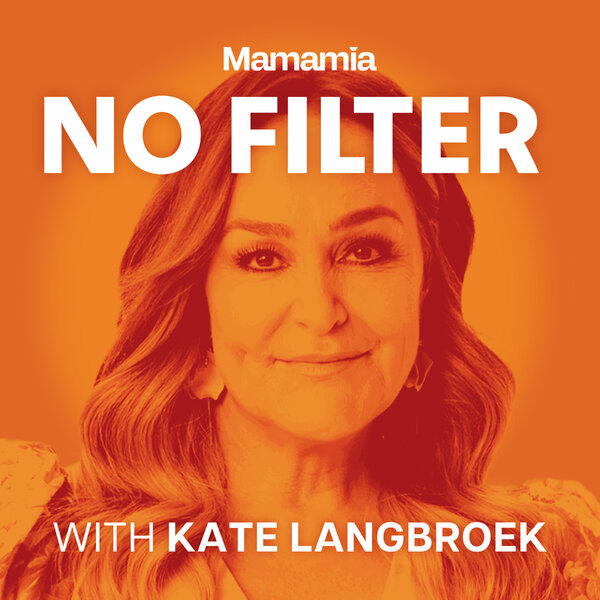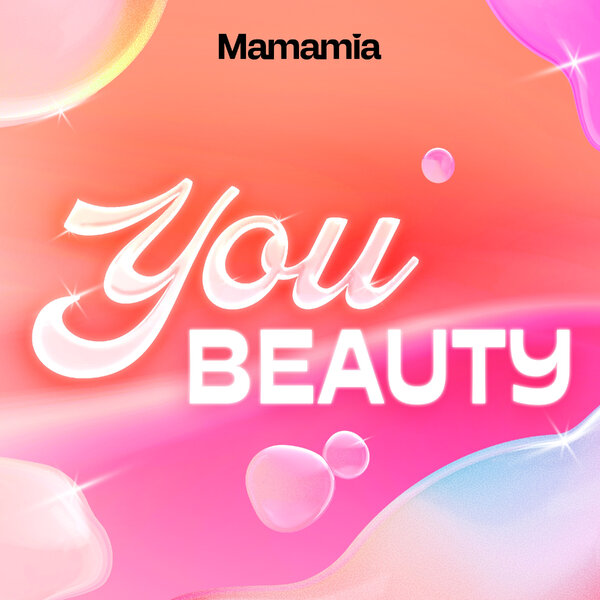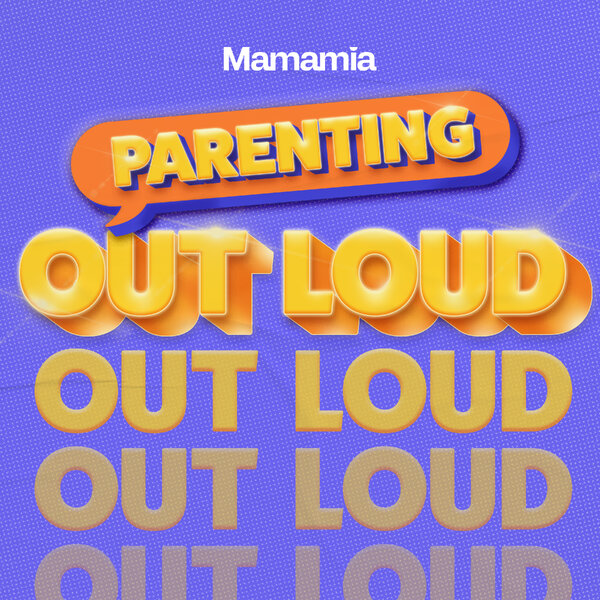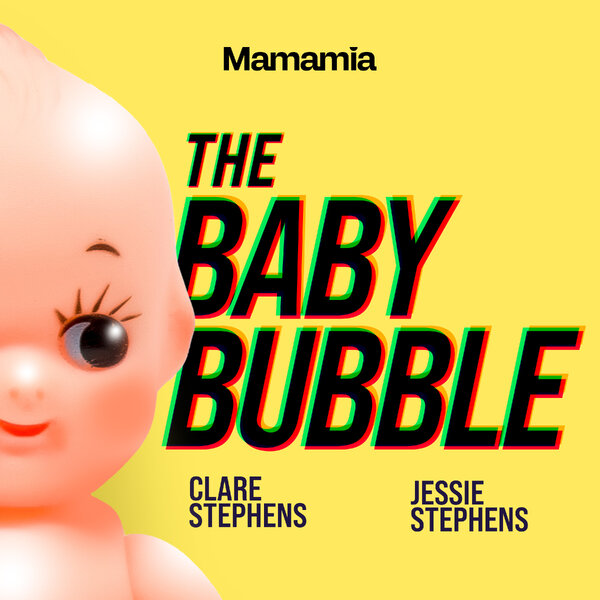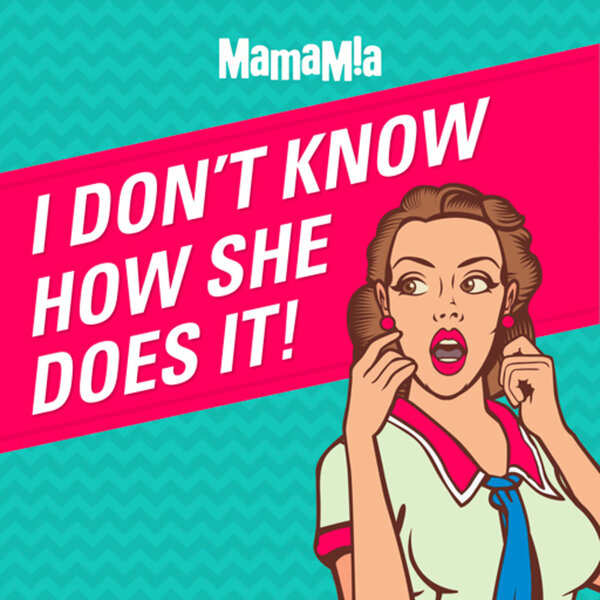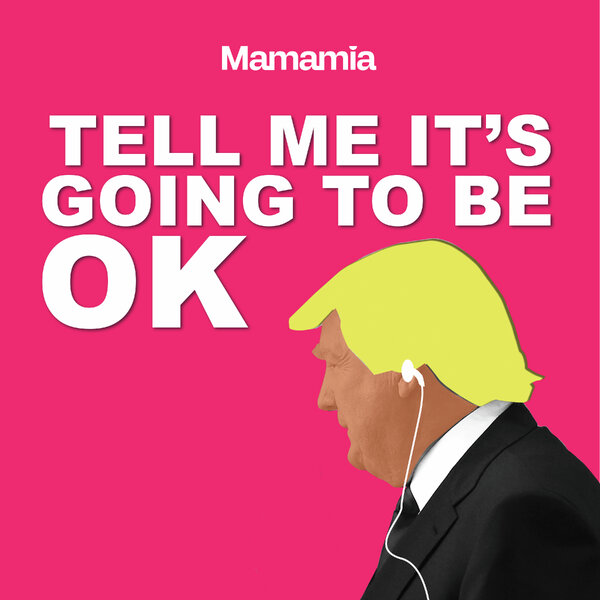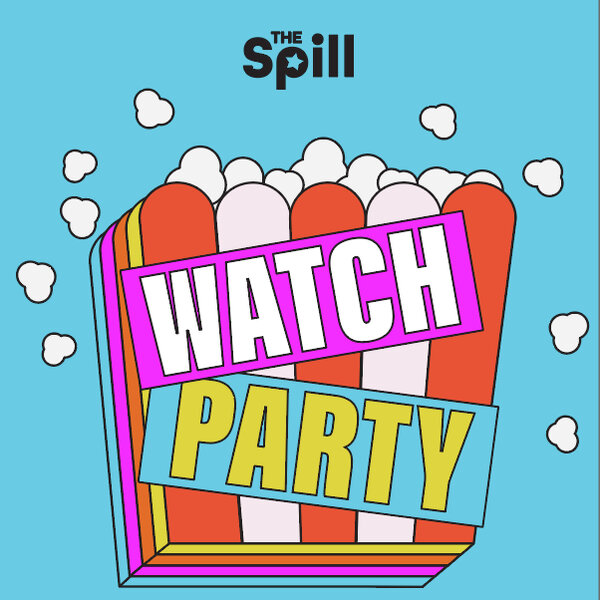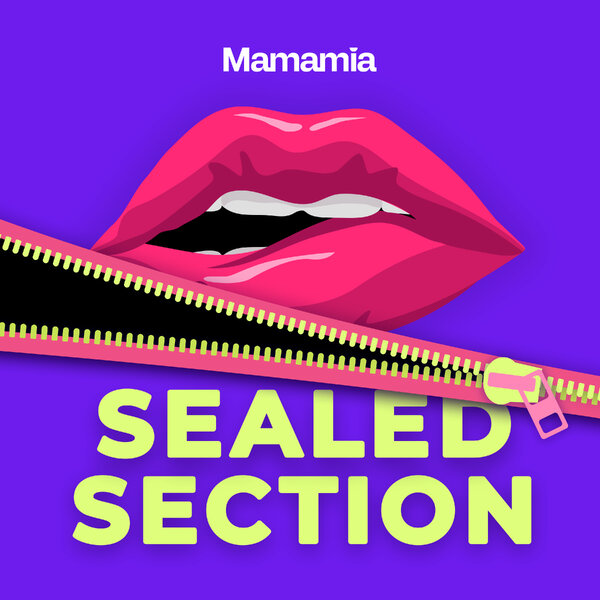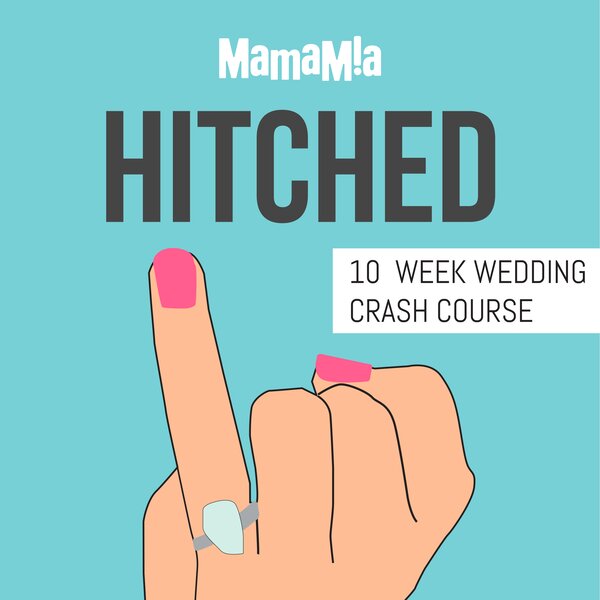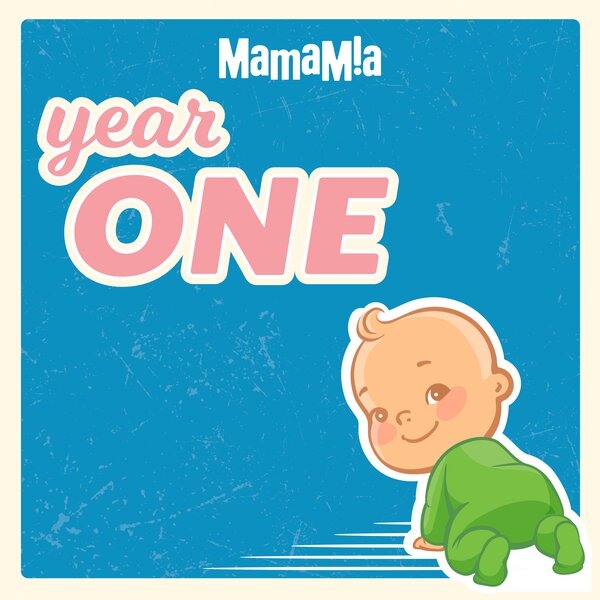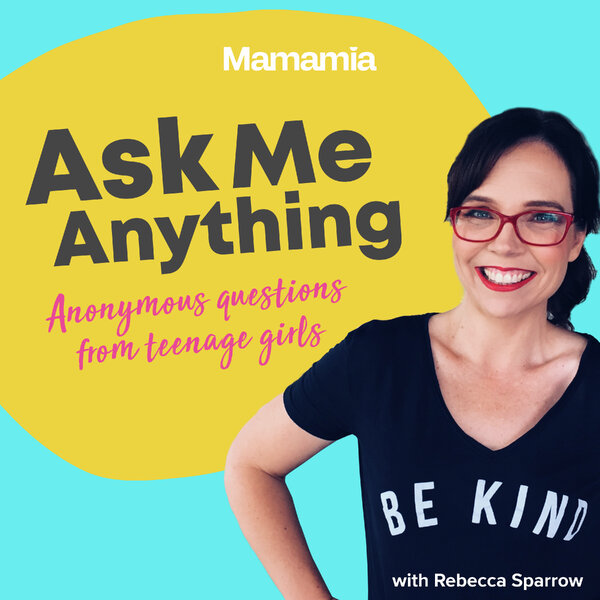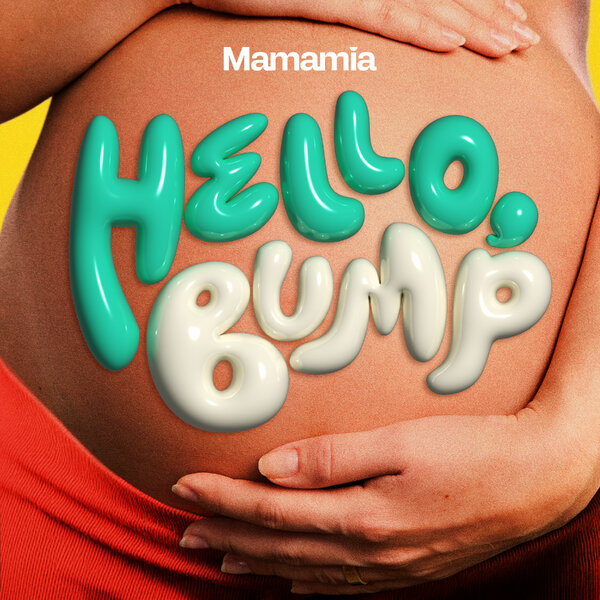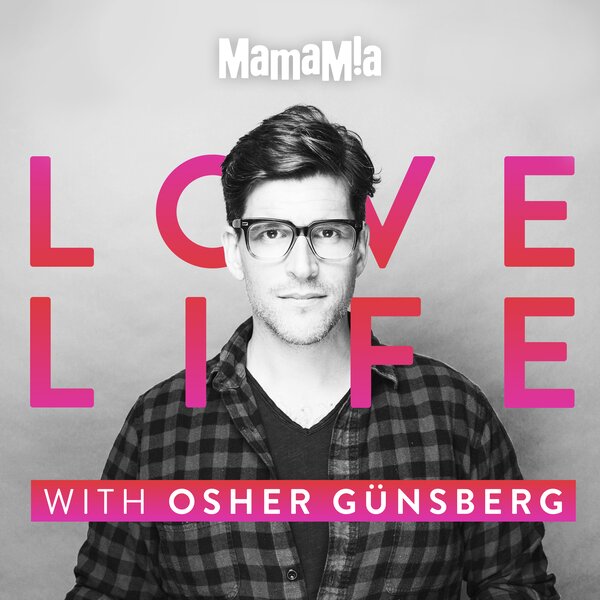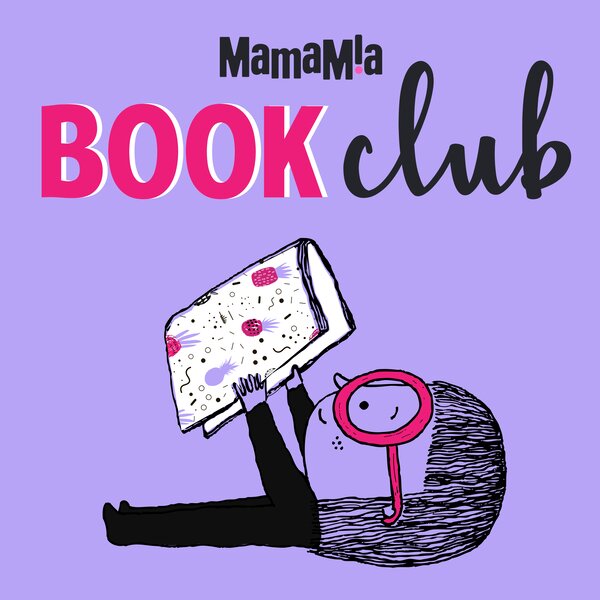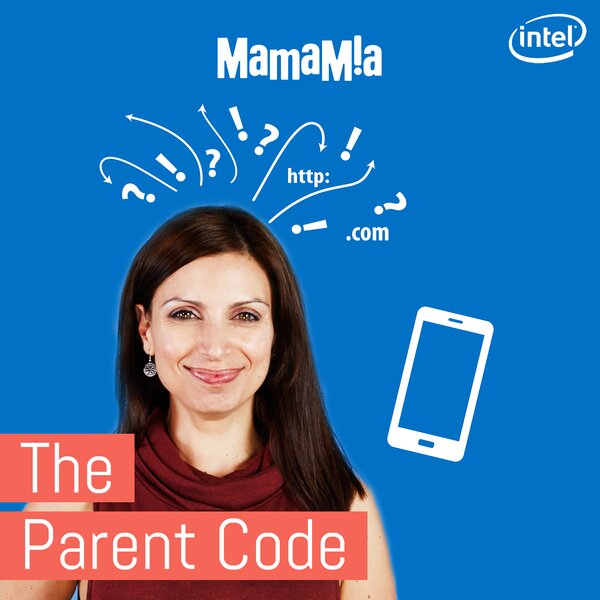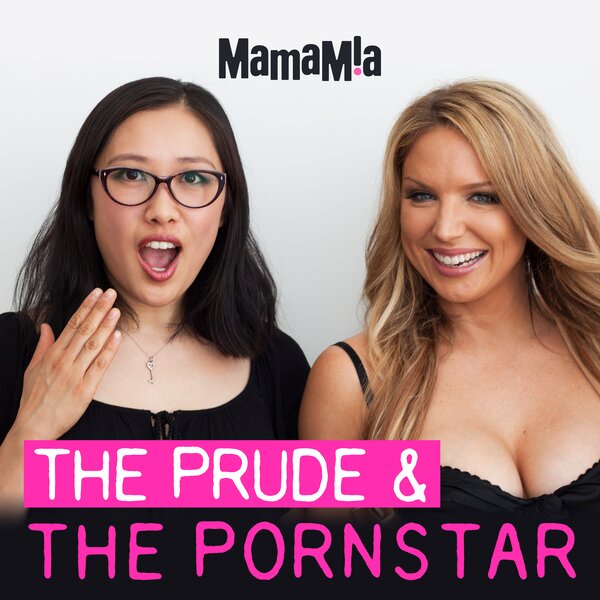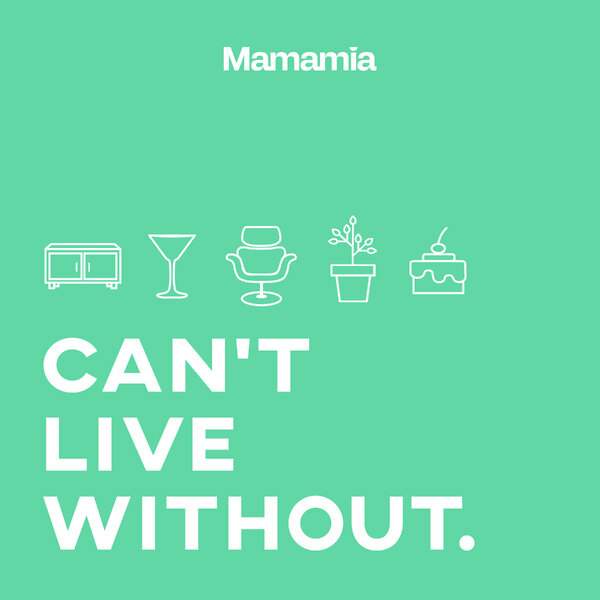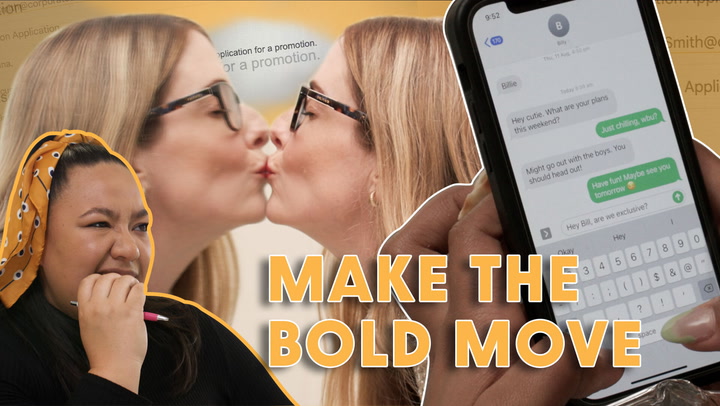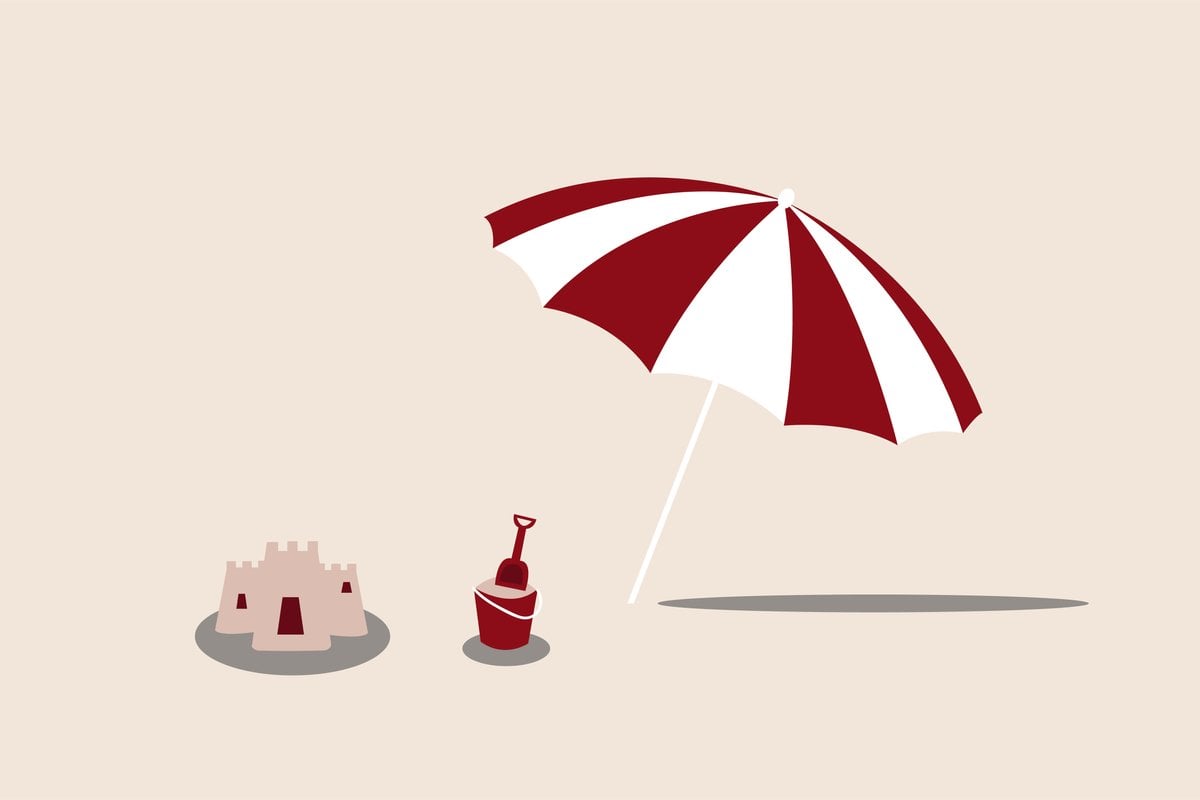
Elke Hacker, Queensland University of Technology and Louise Baldwin, Queensland University of Technology.
Despite decades of public health campaigns, skin cancer remains a major threat to health in Australia, with more cases diagnosed each year than all other cancers combined.
Skin cancer rates remain high and sunburn is all too common in Australia.
Our research looks at how best to inform people about the hazards of ultraviolet (UV) radiation, including by evaluating and testing shade, as well as the development of wearable UV indicators including stickers and wristbands. While this technology can help to improve people's sun protection habits, we continue to come up against some common myths about sunburn.
Watch: What's actually happening to your skin when you tan? Post continues below video.
As we're in the middle of summer, it seems a good time to debunk some of these.
Myth 1: "You can't get burnt in the shade"
Effective shade can provide protection from the sun's UV rays, but we can still get burnt in the shade.
Shade materials with holes or gaps can allow penetration by UV radiation.
The same rule applies for tree shade, with denser foliage and wider canopies providing better protection than trees with sparse foliage and dappled sunlight.
